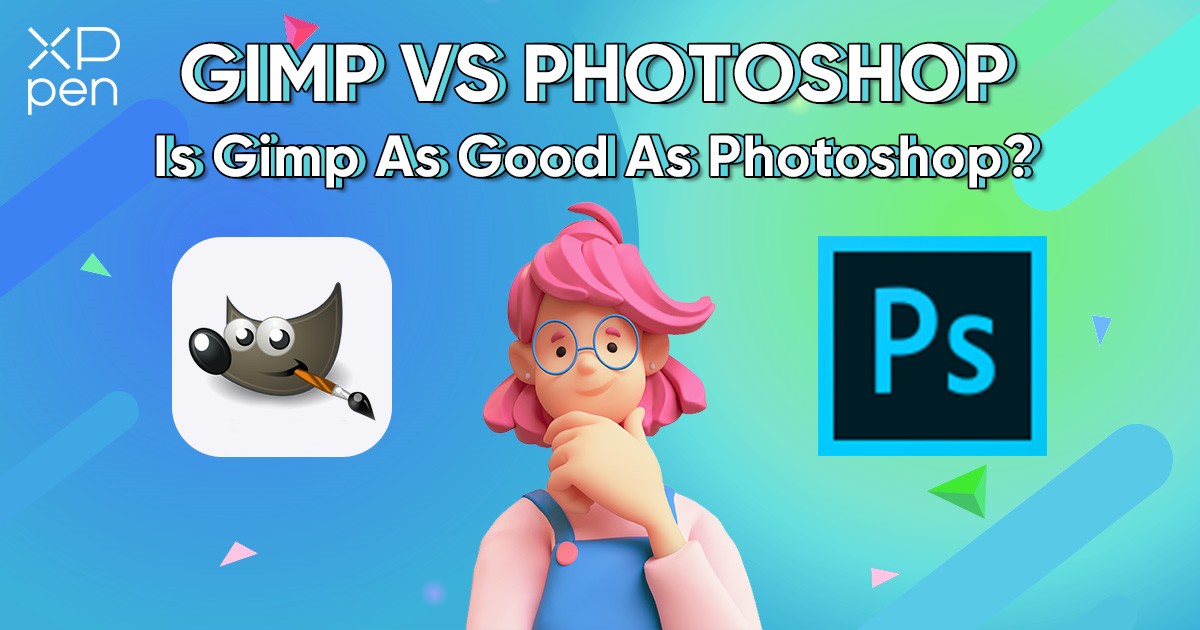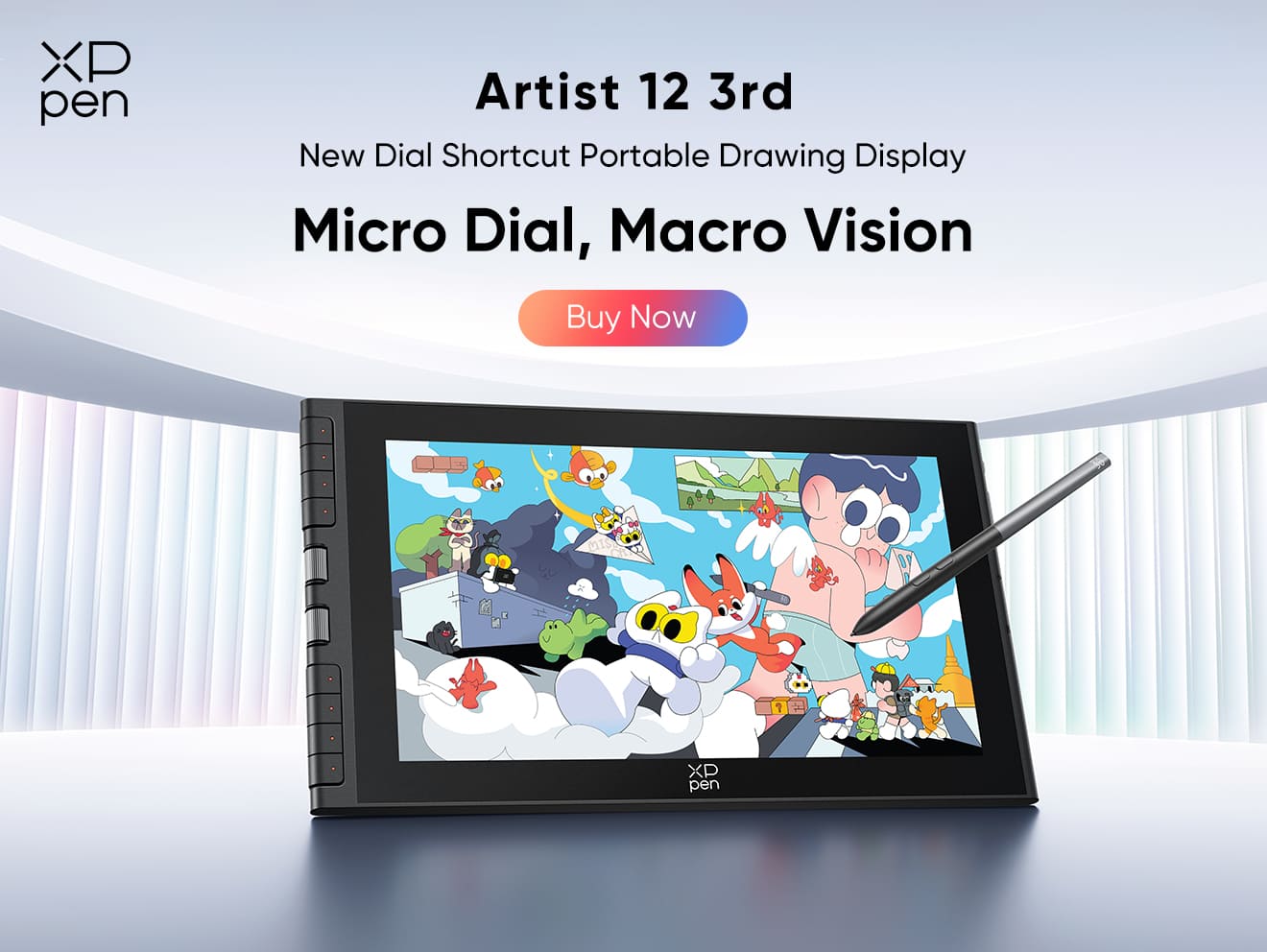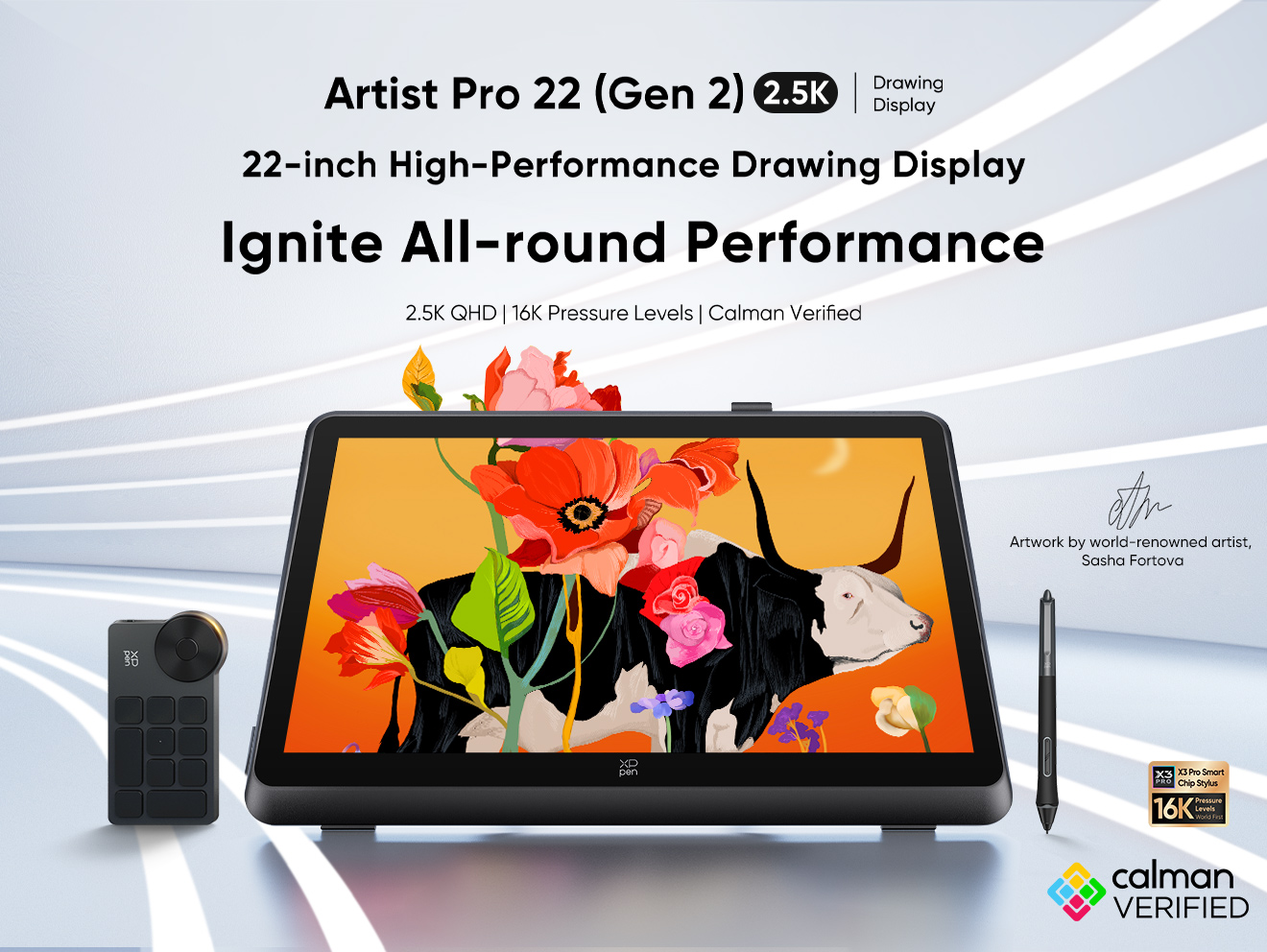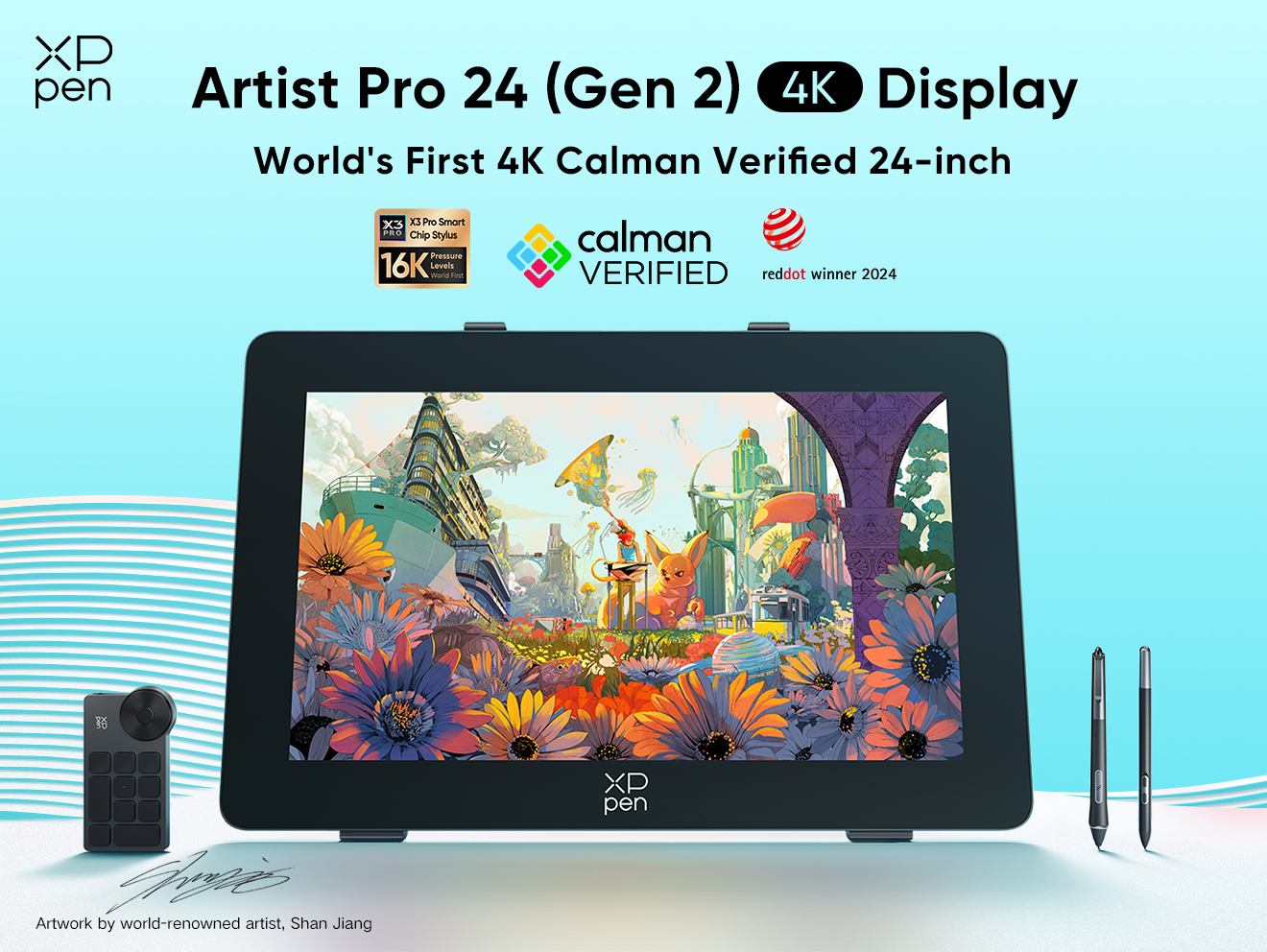
Gimp vs Photoshop - Is gimp as good as Photoshop?
KNOWLEDGEIn the vast landscape of photo editing, Photoshop stands tall as the go-to software, often being used as a verb to describe the art of enhancing an image. However, its lofty price tag prompts many to seek alternatives, leading us to explore the dynamic interplay between GIMP and Photoshop. Can GIMP, the free alternative, measure up to the powerhouse that is Photoshop? Let's dive into the comparison and unravel the nuances of these two image editing giants.
The Pervasiveness of Photoshop and Cost Considerations
Photoshop's ubiquity in the realm of photo editing is undeniable. It has become synonymous with image enhancement, with the very act of editing often referred to as "Photoshopping." However, the hefty price associated with Photoshop often leaves the "average Joe" and "average Jane" (not forgetting the lady geeks!) contemplating its worth. This affordability dilemma has led to widespread piracy, making cost a significant factor in the Photoshop vs GIMP debate.
GIMP: A Free Alternative with Distinctions
Enter GIMP, the heralded free alternative to Photoshop. While GIMP is considered a powerful image editor, it's important to note that it is not positioned as a direct replacement for Photoshop. The reasons behind this nuanced distinction are multifaceted. Part of it lies in the fact that Photoshop boasts a trusted name synonymous with image editing, endowing it with a professional appeal. This makes Photoshop an ideal choice for professional image editors who seek to align themselves with a renowned brand while attracting clients.
Decoding the Ongoing Debate: Photoshop vs GIMP
The ongoing debate between Photoshop and GIMP revolves around several pivotal questions:
Is GIMP on par with Photoshop's capabilities?
Why opt for Photoshop when GIMP is free?
What sets Photoshop apart from GIMP?
Are the advantages of Photoshop worth its substantial price tag?
While opinions may vary, a common sentiment is that GIMP, while not considered equal to Photoshop by many, holds its ground well enough to lend weight to these questions.
The Robust Foundation of Photoshop and Its Unofficial Standard Status
Unquestionably, Photoshop is a well-built program that has set the standard for various imaging programs, including GIMP. The options Photoshop offers for editing images have become the yardstick for excellence in the realm of photo editing.
GIMP's Adherence and Departure: A User's Perspective
GIMP, in its pursuit of aligning with Photoshop's standards, does so admirably with one significant departure—the multiple-window setup, even in the Windows version. Given GIMP's open-source nature, there are variants like GIMPshop aiming to provide a single-window experience reminiscent of Photoshop. However, this departure from the conventional design of Windows programs can be somewhat inconvenient for users accustomed to a different layout.
Personal Transition and GIMP's Merits: A User's Journey
Users who transition from Photoshop to GIMP often find the latter to be a competent alternative. While certain tasks may lack streamlined efficiency, and the UI/workflow for filters may not be as unified, GIMP's power becomes apparent with familiarity. With a layout and tools similar to Photoshop, a vast library of free plugins, and effect filters, GIMP emerges as a compelling choice, especially for those on a budget.
GIMP's Versatility and Navigating Limitations
GIMP's versatility shines through as it offers essential tools for photo editing, including layers, airbrush, clone/heal, curves, masks, and various filters. However, it's essential to acknowledge that GIMP, while free, may not match Photoshop in every aspect. Notably, it lacks support for Lab color mode and CMYK, features crucial for certain professionals. Yet, for beginners or those not requiring advanced features, GIMP provides a robust platform to explore and express creativity.
Future Developments and Photoshop's Inherent Advantages
Looking ahead, GIMP aims to introduce adjustment layers in version 3.2, addressing a current limitation. However, Photoshop retains an edge in certain areas, particularly in putting handy tools within easy reach and simplifying complex tasks through its native UI.
Choosing Between GIMP and Photoshop: A Personal Journey
Choosing between GIMP and Photoshop is a decision rooted in individual needs and preferences. GIMP's open-source nature, continuous development, and community support make it appealing, especially for those on a budget or using multiple operating systems. On the other hand, Photoshop's professional features and refined interface make it the preferred choice for demanding tasks, despite its higher cost.
The Artistry Beyond Tools: A Skilled Artist's Perspective
Both GIMP and Photoshop serve as means to an end, with a skilled artist capable of achieving remarkable results with either. While GIMP excels as a free and evolving option, Photoshop remains unparalleled in the realm of 2D image editing software.
Navigating the Vast Online Landscape: GIMP Resources and Community
For those delving into the world of GIMP, ample resources and tutorials specific to GIMP can be found online. Forums dedicated to GIMP offer a wealth of information, and video tutorials cover common tasks. For users seeking additional tools, extension packs like Wavelet Decompose can be valuable additions, given the active development community contributing to GIMP's already extensive plugin library.
To further enhance our understanding of the Photoshop vs. GIMP debate, let's delve into a comprehensive video: Photoshop vs GIMP: A Complete Comparison. This video provides a visual walkthrough, comparing features, functionalities, and user experiences of both tools.
Conclusion: Bridging the Divide Between GIMP and Photoshop
In the grand tapestry of photo editing, GIMP and Photoshop each weave their unique threads. GIMP, with its open-source roots and continuous improvement, stands as a testament to collaborative creativity. However, Photoshop, with its substantial financial backing and an array of features, remains a behemoth in the industry.
As technology evolves, the choice between GIMP and Photoshop will continue to be a nuanced decision. Understanding the strengths and limitations of each tool allows users to navigate the vast landscape of photo editing and choose the software that aligns with their artistic vision and practical requirements.
Kick-start Your Designer Career with the Right Tools
Starting your journey into the world of digital art? You can hardly go wrong with the best standard design program Photoshop, as long as a long-term subscription isn’t a problem for you. With customizable shortcut features and a range of top-notch design features, Photoshop is tailored to boost your professional capabilities and efficiency.
Your early exploration gets even easier with a drawing tablet at hand. Designed to replicate the natural drawing experience with paper and pencils, a drawing tablet like the XPPen Artist 13.3 Pro V2 helps seamlessly transfer your traditional painting skills into the digital realm. Its built-in shortcut keys and red dial streamline your workflow, reducing stress and hassle.
If your focus is on short-term projects or you're set on avoiding the constraints of paid plans, the free, open-source, and capable design app GIMP is just for you. Although GIMP does require a steeper learning curve, with a little more patience fumbling around its interface, you can unlock features that many seasoned designers enjoy. Likewise, consider a drawing tablet compatible with GIMP to tackle challenges with confidence and ease.
About Us
Founded in 2005, XPPen is a leading global brand in digital art innovation under Hanvon UGEE. XPPen focuses on the needs of consumers by integrating digital art products, content, and services, specifically targeting Gen-Z digital artists. XPPen currently operates in 163 countries and regions worldwide, boasting a fan base of over 1.5 million and serving more than ten million digital art creators.
Learn moreLooking for the Best Drawing & Design Apps?
Discover essential drawing techniques, expert tips, and the best app recommendations to boost your creativity and master digital art.






